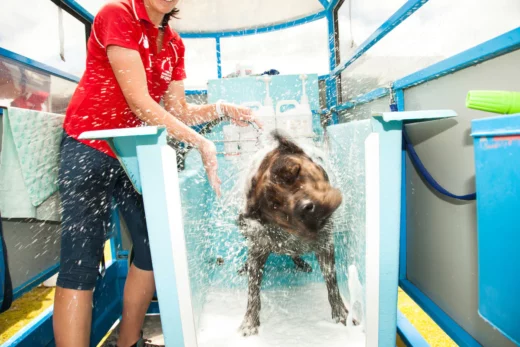
Every dog owner knows the profound bond that forms between a human and their dog. These relationships run deep and are marked by unconditional love, trust, and years of shared experiences.
As life’s natural course unfolds, there comes a time when we must face the heart-wrenching reality of our beloved pet’s mortality. As the end of life approaches for our canine companion, it’s crucial to be prepared for their sake and our own emotional well-being.
This guide will offer a compassionate walkthrough of what to expect and how to navigate these poignant moments with grace and care.
How Can You Recognize the Signs Your Dog Is Nearing the End?
No pet parent wants to think about their beloved dog’s final days. Yet, understanding the signs of a dog nearing the end can provide clarity during an emotionally charged time.
As old age sets in or terminal illness progresses, distinct signs might indicate a decline in your dog’s health and well-being. Loss of appetite can be one of the first indications. Your previously voracious eater might start neglecting their favorite treats or showing disinterest in meals.
Additionally, incontinence may become an issue. If your pet has trouble controlling their bladder or bowel, it could be a sign that their body is starting to shut down.
Another common sign is a noticeable change in body temperature, which might manifest as them seeking constant warmth or shivering despite being in a warm environment. Soiling, especially if your dog was previously well-trained, can also be an indicator.
It’s essential during this period to maintain open communication with your vet’s office. Regular check-ins can offer guidance on how to best support your pet and keep an eye on their overall quality of life.
How Can You Ensure Comfort in Your Dog’s Final Days?
As you come to terms with the realization that your dog’s life is drawing to a close, your primary responsibility becomes ensuring their utmost comfort. Many veterinary professionals now emphasize the importance of hospice care or end-of-life care for pets. This doesn’t necessarily mean a facility; often, it’s about making adjustments at home.
Start by creating a serene environment for them. If they’ve always had a favorite dog bed or a particular spot in the house, make that their primary resting area. Bring their favorite toys close, play soft music if they seem to enjoy it, and ensure they have easy access to their water bowl to maintain hydration.
For pets experiencing discomfort, consult with your vet about management strategies. Incontinence might become a challenge; therefore, frequent cleaning and soft blankets can help keep them comfortable and reduce the risk of sores.





